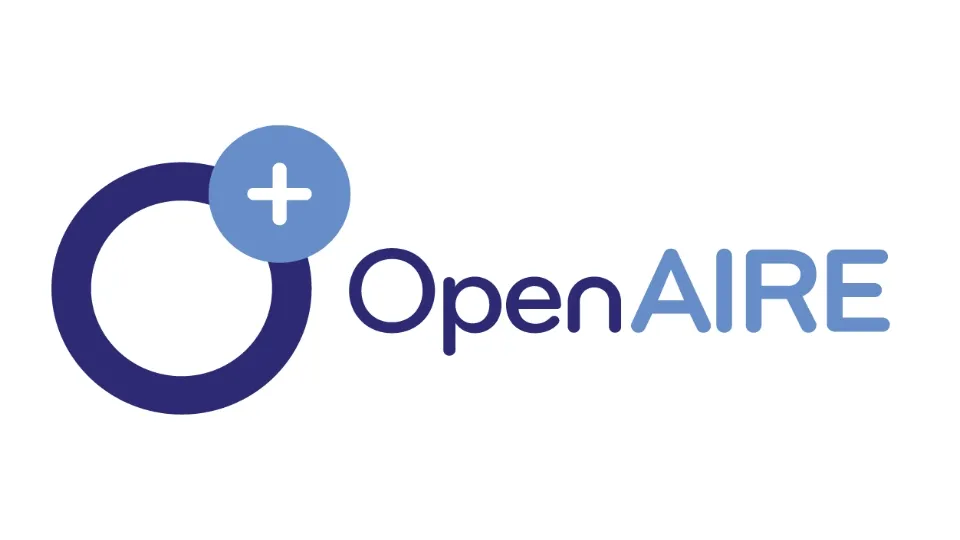IMPLEMENTASI MANAJEMEN PENGETAHUAN PADA PERPUSTAKAAN STAIN PADANGSIDIMPUAN
DOI:
https://doi.org/10.21154/pustakaloka.v5i1.440Keywords:
knowledge management, library, using ICTAbstract
Library for a higher education is a center even a heart of thisinstitution, but with the internet, users prefer this new technology than libraries. To solve this problem it must strive to provide information for the most appropriate time, using most appropriate resources, and budget. Library of the State College for Islamic Studies Padangsidimpuan is challenged to give excellent service for the users with minimal budget, so the performance is impaired.
This article explores the use of knowledge management to solve the above problem. The implementation of the knowledge management is done by carrying out human resources, knowledge sharing, and information and technology empowering
References
Awad, Elias. M, dan Hassan Ghaziri,Knowledge Management. New Jersey :
Pearson Education International, 2004
Brophy, Peter, The Academic Library, London : Facet Publishing, 2005
Davenport, Thomas H dan Lawrence Prusak, L.,Working Knowledge: How
Pustakaloka,Vol. 5. No.1 Tahun 2013
Organizations Manage What They Know, Boston : Harvard Business
School Press, 1998
Departemen Pendidikan Nasional RI,Perpustakaan Perguruan Tinggi : Buku
Pedoman, Jakarta : Diknas RI, 2004
Feather, John., Storges, Paul (ed),International encyclopedia of information &
library science. London: Routledge, 1997
Hansen, Morten T., Nitin Nohria, Thomas Tierney, What’s Your Strategy
for Managing Knowledge?. Havard Business Review, vol.77, no.2, 1999,
pp.106-116, 1999
Muluk, MR. Khoirul,Knowledge management: kunci sukses inovasipemerintahan
Daerah, Jakarta: Bayu Publishing, 2008
Munir, Ningky,Knowledge management audit: pedoman evaluasi kesiapan
organisasi mengelola pengetahuan. Jakarta: PPM, 2008
Nonaka, Ikujiro,“The Knowledge-creating Company”Havard Business
Review, Vol. 69. Nov ”“ Dec.
Nonaka, Ikujiro dan Hirotaka Takeuchi,The Kowledge-creating Company
: How Japanese companies create the dynamics of innovation. Oxford :
Oxford University Press, 1995
Qalyubi, dkk.,Dasar-dasar ilmu perpustakaan dan informasi. Yogyakarta :
Jurusan Ilmu Perpustakaan dan Informasi Fakultas ADAB UIN
Sunan Kalijaga, 2007
Rowley, Jenniver, What is Knowledge Management? Library Management
, no.8 :416 ”“ 419, 1999
Soleh, Alvin,Menciptakan dan Mengelola Pengetahuan di Era Ekonomi
Baru. http://www.dunamis.co.id/homepage/EffLibrary.nsf/
b09768189054b4 5c47256a4e0010142a/5d20cf4bac80dfdc47256f9d003
aa308?OpenDocument.
Srikantaiah, T. Kanti,Knowledge Management for the information professional.
ASIS Monograph series. London: Kogan Page limited, 2009
Stewart, Thomas A, The Wealth of Knowledge. Finland : WS Bookwell, 1997
Tiwana, Amrit,The Knowledge Management Toolkit: orchestrating it, strategy,
and knowledge platforms. New Jersey : Prentice Hall, 2002
Tuomi, Ikka,Corporate Knowledge: Theory and practice of intelegent organizations.
Helsinki : Metaxis, 1999
Wen, Shixing, Implementing knowledge management in academic libraries : a
pragmatic approach, 2005,http://www.nlc.gov.cn/culc/en/index.htm.
Yusri Fahmi, Implementasi Manajemen Pengetahuan
Wikipedia, 2009,http://en.wikipedia.org/wiki/data
Wikipedia, 2009,http://en.wikipedia.org/wiki/informasi
Downloads
How to Cite
Issue
Section
License
Requirements to be met by the author as follows:
- Author storing copyright and grant the journal right of first publication manuscripts simultaneously with licensed under the Creative Commons Attribution License that allows others to share the work with a statement of the work's authorship and initial publication in this journal.
Authors can enter into the preparation of additional contractual separately for non-exclusive distribution of a rich version of the journal issue (eg: post it to an institutional repository or publish it in a book), with the recognition of initial publication in this journal.
Authors are allowed and encouraged to post their work online (eg, in institutional repositories or on their website) prior to and during the submission process, because it can lead to productive exchanges, as well as citations earlier and more severe than published works. (see The Effect of Open Access).















